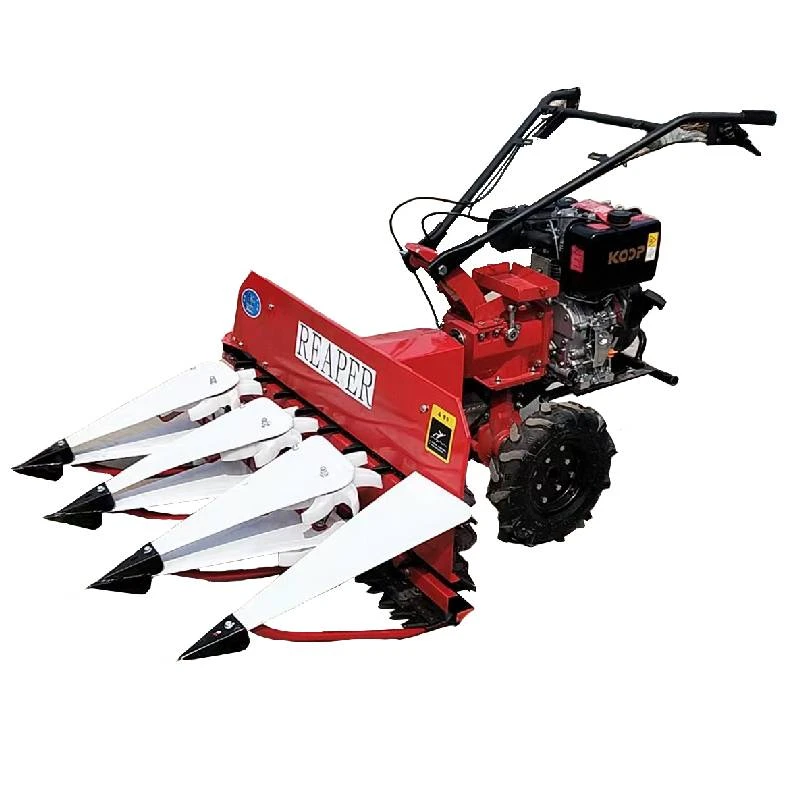Exploring the Benefits and Uses of Windrower Machines in Modern Agriculture
The Evolution and Impact of Windrower Machines in Modern Agriculture
In the ever-evolving landscape of agriculture, machinery plays a pivotal role in enhancing efficiency and productivity. One such innovative machine that has transformed the harvesting process is the windrower. A windrower, often referred to as a swather, is designed to cut, condition, and lay crops in rows, or “windrows,” to facilitate easier harvesting. This article explores the history, functionality, and impact of windrower machines on modern agricultural practices.
Historical Background
The concept of cutting grass and cereal crops dates back centuries, but the introduction of mechanized windrowers revolutionized the way farmers approached hay and grain harvesting. Early models emerged in the early 20th century, powered by steam or gasoline engines. These initial machines significantly reduced the labor intensity and time required for cutting crops compared to traditional hand tools like scythes. Over the decades, advancements in technology led to the development of more sophisticated and efficient windrowers, integrating features such as self-propulsion and enhanced cutting mechanisms.
How Windrowers Work
Windrowers operate by using sharp blades or sickles to cut down standing crops and then using conveyors to lay the cut material into neat rows. Modern windrowers often come equipped with conditioning rollers to prepare the crop for drying, which is particularly important for hay production. The conditioning process breaks down the plant’s cell structure, allowing moisture to escape more rapidly. This capability not only speeds up the drying time but also improves the quality of the forage.
Some advanced models are equipped with GPS technology, enabling precision agriculture. This technology allows farmers to optimize their operations by ensuring accurate cutting widths and minimizing overlap, ultimately leading to improved efficiency and reduced fuel consumption.
Benefits of Using Windrowers
windrower machine

The benefits of windrowers in agriculture are manifold. Firstly, they significantly reduce the time and labor required for harvesting. By cutting and conditioning crops simultaneously, farmers can quickly prepare their fields for subsequent operations such as baling. This efficiency is critical during peak harvesting seasons when weather conditions can change rapidly.
Secondly, windrowers help improve crop quality. By reducing the time crops spend in the field after cutting, they mitigate the risk of spoilage or deterioration due to adverse weather conditions. High-quality forage is crucial for livestock farmers as it directly impacts animal health and productivity.
Additionally, the integration of technology in modern windrowers offers farmers enhanced control over their operations. Features such as variable-speed drives and automated settings allow farmers to adjust the machine's performance based on specific field conditions, leading to better overall management of resources.
Environmental Considerations
While windrowers provide numerous advantages, it is essential to consider their environmental impact. The mechanization of agriculture raises concerns about soil compaction and fuel consumption. However, many manufacturers are actively working to mitigate these issues by designing lighter machines and promoting best practices for field management. Implementing cover crop rotations and minimizing the frequency of machine passes can also help maintain soil health and reduce carbon footprints.
Conclusion
The windrower has become an indispensable asset in modern agriculture, offering farmers a combination of efficiency, quality, and technological integration. As agricultural demands continue to grow, the evolution of windrowers will likely keep pace, incorporating new technologies to further enhance their performance. The ongoing research and development in agricultural machinery will ensure that windrowers remain at the forefront of efficient harvesting, ultimately contributing to the sustainability and productivity of the farming sector. By embracing innovation and adapting to changing agricultural practices, windrowers are not only shaping the present but also paving the way for the future of agriculture.
Latest news
-
When to Upgrade Your Old Forage HarvesterNewsJun.05,2025
-
One Forage Harvester for All Your NeedsNewsJun.05,2025
-
Mastering the Grass Reaper MachineNewsJun.05,2025
-
How Small Farms Make Full Use of Wheat ReaperNewsJun.05,2025
-
Harvesting Wheat the Easy Way: Use a Mini Tractor ReaperNewsJun.05,2025
-
Growing Demand for the Mini Tractor Reaper in AsiaNewsJun.05,2025







